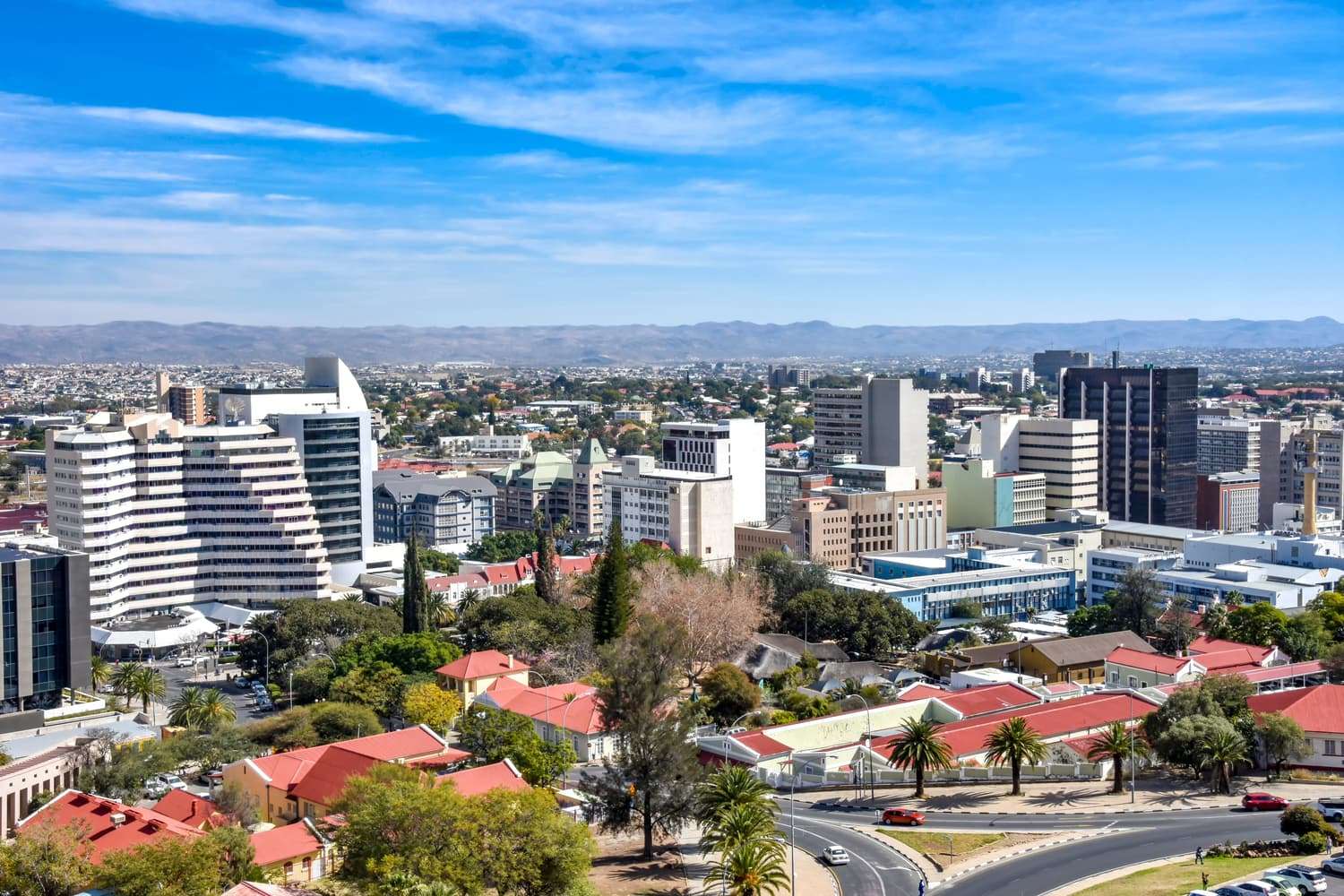Windhoek is not just the capital of Namibia, but also its cultural, historical, and natural heart. The city blends modern infrastructure with colonial heritage and strong African identity. Located among hills and surrounded by mountains, it offers scenic views along with rich ethnic and cultural diversity. Interesting facts about Windhoek reveal the depth and uniqueness of this vibrant southern African city. Below are some of the most fascinating insights you might not have known before.
- The name Windhoek is derived from Afrikaans and may mean “windy corner” or “place of hot springs.” The region is home to geothermal springs that have been known to local communities for centuries. These springs played an important role in traditional life.
- Windhoek is situated at about 1650 meters above sea level, making it one of the highest capital cities in the world. Because of this elevation, the climate remains mild even during the summer months. Temperatures rarely exceed 30°C, and nights are usually pleasantly cool.
- The city was officially founded by German colonists in 1890, although settlements of the Herero and Nama peoples existed there earlier. Many buildings from the German colonial period remain and define the city’s architectural character. One of the most famous landmarks is the Christ Church, a historic Lutheran church.
- Despite its moderate size, Windhoek is the main transportation hub of the country. Major roads and railway lines converge in the city, and Hosea Kutako International Airport connects Namibia with the rest of the world. Most visitors begin their Namibian journey here.
- The population of Windhoek is around 450,000, making it Namibia’s largest city by both population and area. It is home to diverse ethnic groups including Owambo, Damara, Nama, Herero, Afrikaners, and English-speaking residents. This diversity creates a vibrant and dynamic cultural environment.
- Windhoek’s water supply system includes the reuse of treated wastewater for drinking purposes. This is one of the few cities in the world with such a direct water reuse process. It helps reduce dependency on limited natural water resources.
- One of the city’s notable features is its exceptional cleanliness. Windhoek has often been listed as one of the cleanest cities in Africa. Local authorities actively promote environmental responsibility through waste separation and urban greening.
- Several institutions of higher learning are based in Windhoek, the largest being the University of Namibia. It is the country’s main center for higher education, attracting students from across southern Africa. The city also hosts research institutes focused on climate, geology, and biodiversity.
- Unlike most capitals, Windhoek has low population density, and there are often wide open spaces between neighborhoods. The city is spread across hills, offering stunning sunrise and sunset views. Many areas consist of individual homes with gardens.
- Windhoek is home to several important museums, including the National Museum of Namibia, which explores colonial history, independence movements, and local cultures. The Postal Museum, with its collection of rare stamps and postal history, is also worth visiting. These institutions help preserve and share Namibia’s complex past.
- The Windhoek Carnival is an annual event with German roots, featuring parades, performances, and local cuisine. It brings together people from various backgrounds and attracts tourists. The carnival is known for its joyful atmosphere and multicultural spirit.
- Windhoek is surrounded by the Auas, Eros, and Khomas mountains, which protect the city from strong winds and extreme heat. Wildlife such as baboons, jackals, and even leopards can be found in the surrounding areas. Nature tours can begin right from the city.
- The Windhoek Brewery, established in 1920, is one of the oldest in southern Africa. It brews beer according to the German Reinheitsgebot purity law. Its products are exported to other African countries and Europe.
- Windhoek has a vibrant culinary scene, offering both traditional African dishes and European cuisine. Restaurants serving game meat like antelope, zebra, and ostrich are especially popular. The local food is known for its rich, spicy, and smoked flavors.
- The city receives a high amount of solar radiation, which has led to widespread use of solar panels. Windhoek is a regional leader in renewable energy implementation. These technologies are particularly valuable given Namibia’s arid climate.
- Though modern, Windhoek still shows traces of apartheid-era urban planning, where districts were divided by race. These areas are slowly integrating, but socioeconomic contrasts remain visible. Government and civil society are working to address inequality.
These fascinating facts about Windhoek show that it is more than just a capital city — it is a multifaceted center of culture, nature, and progress in Namibia. It blends African identity with European heritage, tradition with innovation, and desert serenity with urban energy. These incredible facts about Windhoek prove that a vibrant and promising city can thrive even in a harsh climate. For those seeking new experiences, Windhoek is a destination full of discovery.





